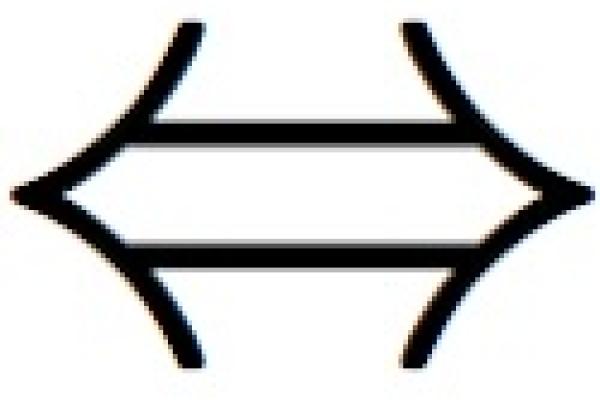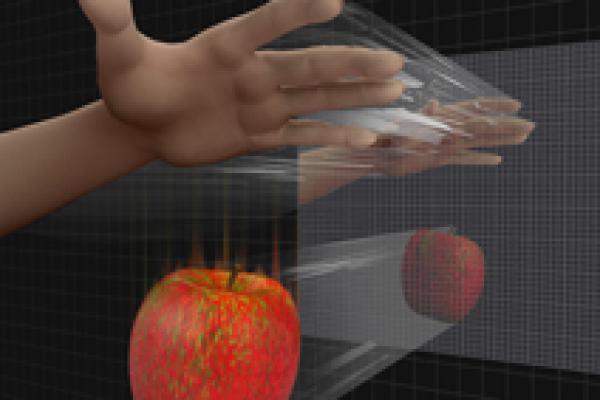
How to (im)prove mathematics
Find out how a story starting with the simple notion of counting ends in a revolutionary new way of doing maths that uses computers to harness the power of human collaboration!

Find out how a story starting with the simple notion of counting ends in a revolutionary new way of doing maths that uses computers to harness the power of human collaboration!
Yang-Hui He tells us about his exciting new conjecture that came about due to both artificial and human intelligence, and reveals patterns in the prime numbers that look like flocks of birds.

Mathematics is an indispensable tool in physics, but can physics solve problem in maths? Find out more in this article.

Find out how a theory from physics has provided tools for solving long-standing problems in number theory. And in turn how number theory helps solve the mystery of black holes.
Our neighbour Oscar Randal-Williams tells us about his exciting work at the frontiers of mathematics and the fundamental question he might be just about to answer!

We are very pleased to be launching this network for those working in, and with a stake in, communicating complex mathematics and data science to a variety of non-expert audiences.

With just some simple arithmetic, you can build a basic mathematical model of how a disease might spread. Julia Gog explains how, and there's also some Lego action...


You can explore how we might extend our model but running your own epidemic with our Lucky Dip interactivity. Follow along with Julia as she paves the way to a model that is very similar to the mathematics disease modellers use every day.

In Part 3 Julia refines our model to use one of the most important numbers in disease modelling. And there's a chance for you to explore its meaning using a new interactivity.

In the final Part we explore what other aspects we need to consider to make a model more realistic. There's an interactivity that allows you to party, commute, and visit friends and we find out more about what life as a research is like from Julia.